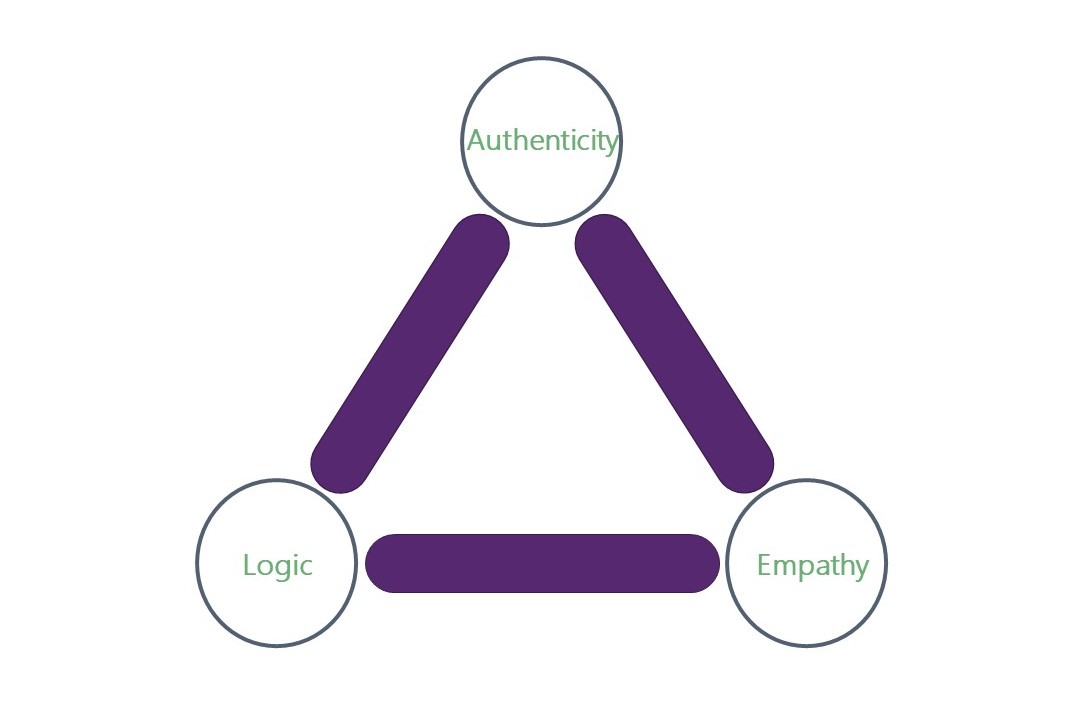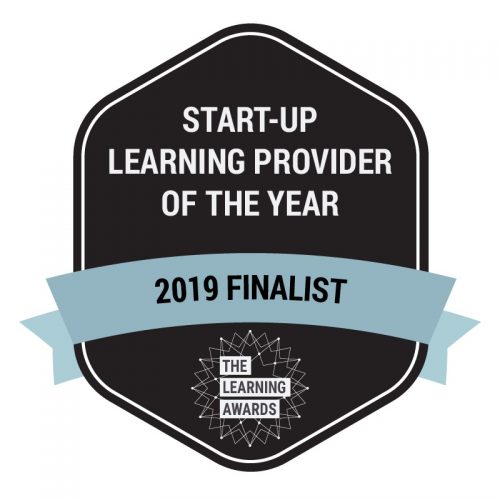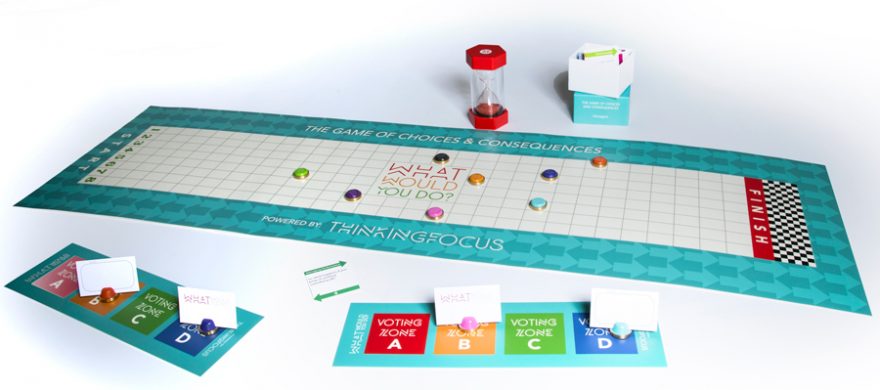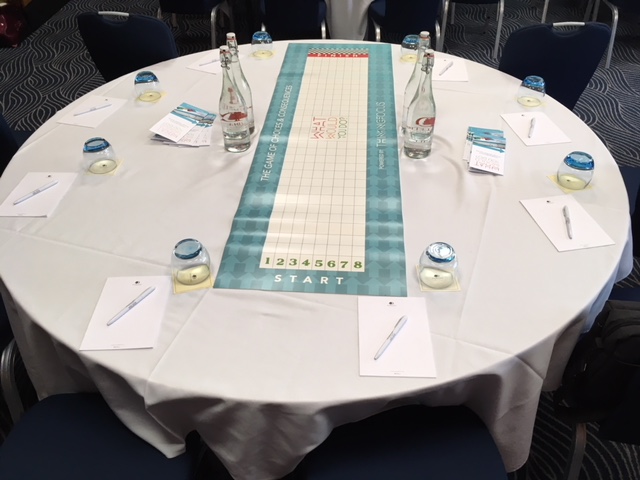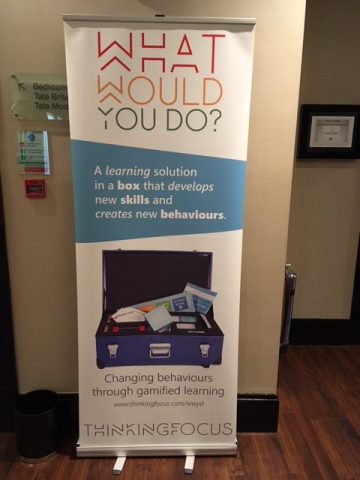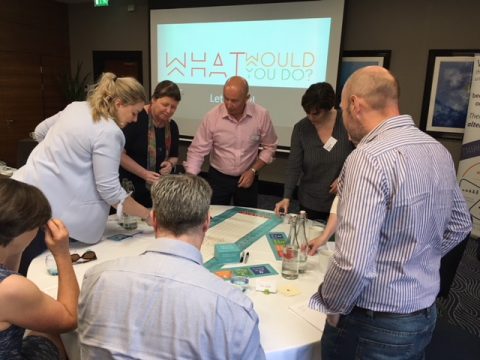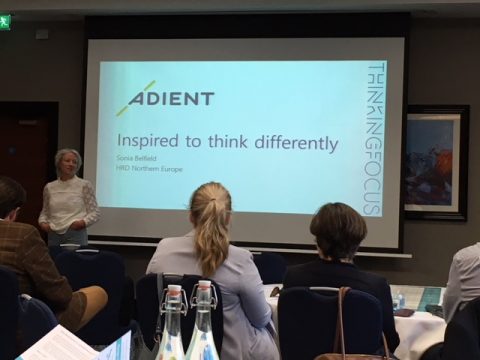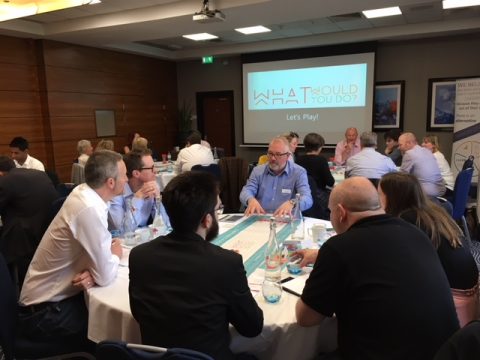In our work helping business teams to become more engaged and active with learning, time and again the concept of cognitive disfluency comes up. The idea that we process information differently depending on how much effort it requires is a fascinating one, so we thought we’d take a look at it in more depth here.
What is cognitive disfluency?
Cognitive disfluency is a term that was first coined by the psychologist Adam Alter, assistant professor of marketing and psychology at New York University’s Stern School of Business.
What it essentially describes is the idea that people process information differently, and that some of it is easy (fluency) and some of it requires effort (disfluency). An example of how this works was shown in an experiment that presented a printed question in two different typefaces – one hard to read and one easy – and asked people to spot the mistake. The proportion of people that noticed the error in the hard-to-read font was higher than the easy-to-read one. Alter suggests that a harder-to-read font makes us put more mental effort into reading, and we are therefore more likely to retain the information.
On a wider scale, fluent processing allows us to take in key information quickly but not necessarily to retain it or even understand it in a meaningful way. The whole experience becomes meaningless, less engaging and unsatisfying. Conversely, we process disfluent information more carefully and deeply, and this naturally results in us understanding it better. This is why the idea of cognitive disfluency has been suggested as a great way to assist learning.
Why is cognitive disfluency important in business?
Think of all the data and information that is presented before us – or our teams – within the workplace. Most organisations now offer their people key decision data in an easy (fluent) way, whether through dashboards, reports or search engines. While these tools can be invaluable, they can also make the data meaningless and hard to retain because they allow people to get to the specific number, target, forecast or performance data whenever they want to. This often means we don’t have to think about, generalise or extract the data.
So why is that a problem? Well, if people don’t have that data with them when making key decisions, or if they don’t have an intuitive understanding of the information and what it means, they will be unable to incorporate it in their decision-making. They will also be unable to learn from it. Data creates knowledge, and knowledge creates understanding – but when there is too much fluency in the information, it reduces this second step.
So should we make information more disfluent?
A lot of the data that we use day to day needs to be fluent. We need to be able to access and use it quickly, so it should be easy to digest. However, information that is easily consumed is also easily forgotten.
In almost everything we do there are a few key measures that tell us how we are doing against our goals and targets. Data such as production data, sales information or financial projections need to move beyond abstract numbers and become more intuitive, becoming much more central in our awareness, moving from organisation knowledge to personal understanding. It is this data that needs to be deeply understood so that it can underpin the decisions we make.
How should organisations present their people with important details and data to ensure it is meaningfully understood and retained?
It’s a good idea to look at the fluency of key data or information within your organisation. If it’s being presented to people too easily, make it more disfluent so they have to think about it. You can do this by:
- Asking for reports that require some small amounts of manual work to create, such as looking stuff up
- Ask people to interpret data, not just produce it
- Change layouts so people have to search a little, or read more carefully, to find things
But beware
A word of caution, though: Disfluency should be used sparingly. We’re not suggesting that you should make your people work hard for every piece of information they need. After all, not all data needs to be retained or fully understood.
In addition, too much disfluency can be draining. It uses up more energy, increases complexity and heightens stress levels. Instead of continuous disfluency, there should be brief moments of it when appropriate for processing essential data and information.



